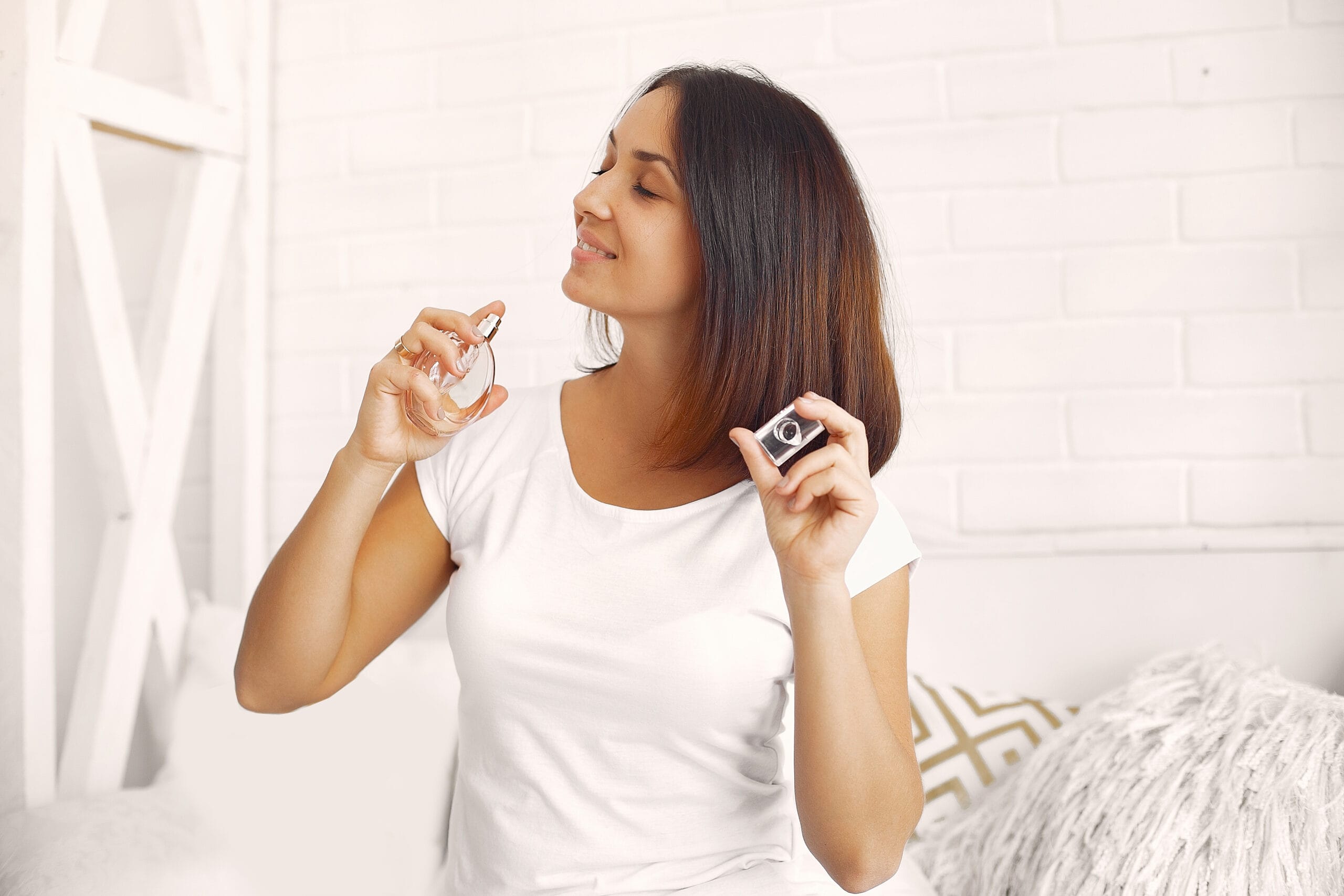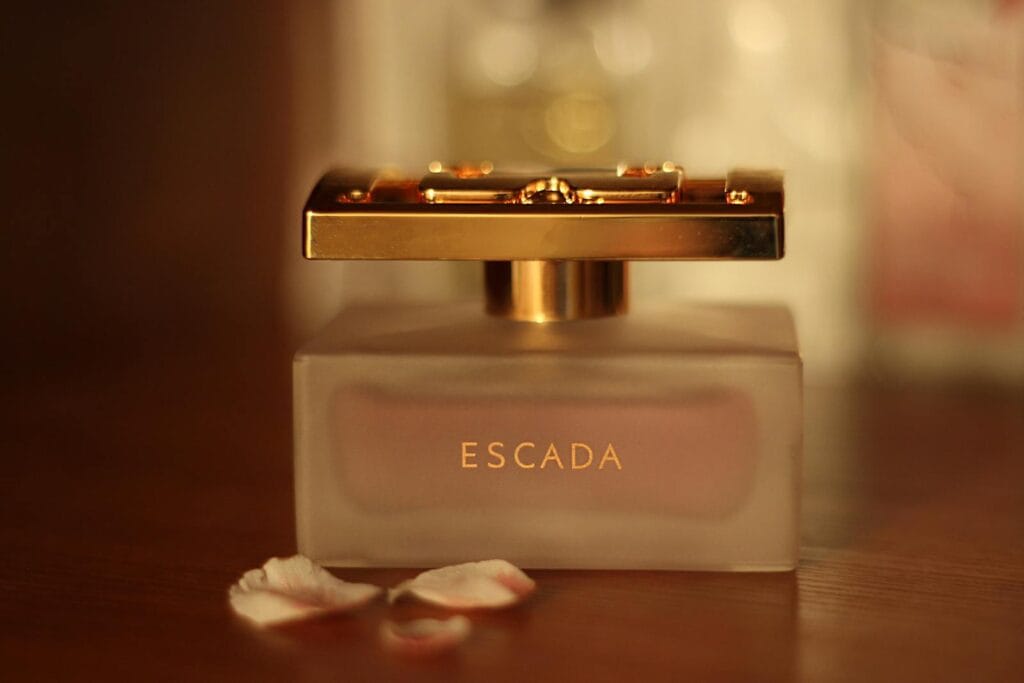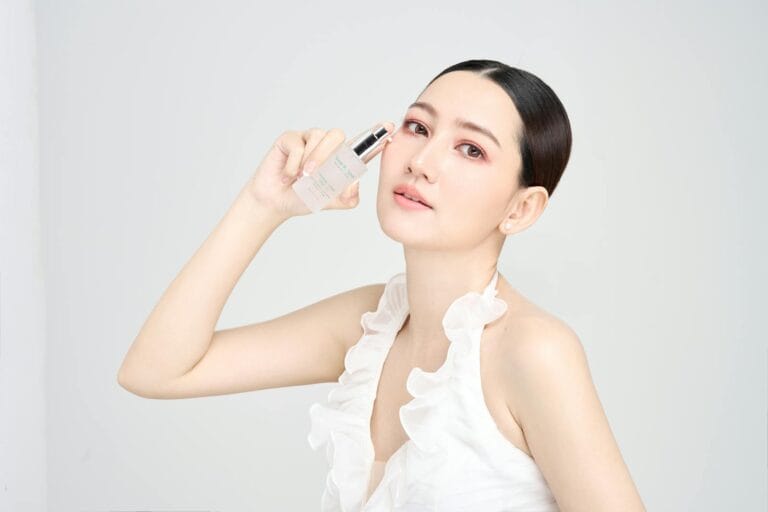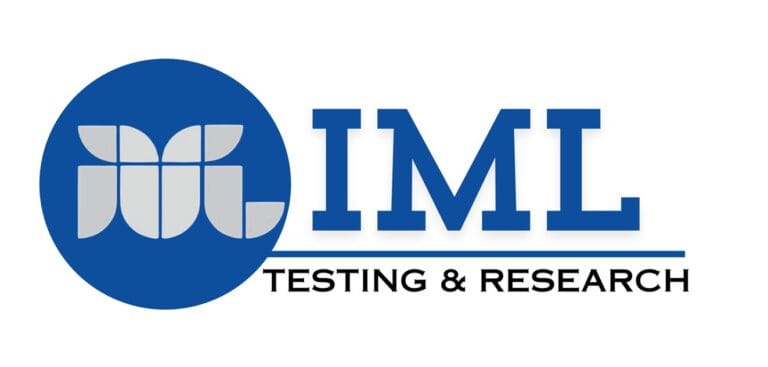
Warning! Methanol Content in Perfume Can Cause Poisoning

- Understanding Perfumes and Their Main Composition
- Types of Perfume Solvents That Are Safe to Use
- Risks of Exposure to Methanol in Perfume
- Impacts of Methanol on Health
- The Importance of Methanol Testing in Perfumes
Understanding Perfumes and Their Main Composition
Perfume is a mixture of essential oils or aroma compounds, fixatives, and solvents used to impart a refreshing scent to the human body, animals, food, objects, and spaces. It is usually in liquid form and is used to impart a distinctive scent. Perfumes are categorized into several types, differentiated by the proportion of solvents used in the formulation, including:
- perfume extract (20–30%),
- Eau de Parfum (8–15%),
- Eau de Toilette (4–8%),
- Eau de Cologne (1–3%).
The choice of solvent depends on the characteristics of the specific perfume ingredients.
Types of Perfume Solvents That Are Safe to Use
The most commonly used solvents include ethanol, water, dipropylene glycol, isopropyl myristate, and carrier oils. Methanol was once used as a solvent in the perfume industry, but its use has since been restricted due to its classification as a toxic substance. Methanol is capable of dissolving organic chemical compounds and was initially chosen for its lower cost compared to ethanol.
Its high volatility aids in fragrance dispersion; however, methanol is toxic. It poses serious health risks even in small amounts. Direct exposure can cause skin and eye irritation, nervous system damage, visual disturbances including blindness, liver and kidney damage, and potentially death if ingested in certain quantities.
Risks of Exposure to Methanol in Perfume

Liquid perfume components are typically applied using a spray container. A perfume atomizer is a device designed to convert liquid into fine particles or mist to allow for even application to the skin or clothing. The fine particles disperse into the air and settle on the skin surface.
Methanol evaporates much faster into the air than ethanol due to its lower boiling point. Therefore, skin exposure to methanol is minimal if the spraying distance is sufficient and methanol levels are low. However, methanol vapor in the air can be easily inhaled into the lungs, potentially causing dizziness, nausea, and even poisoning, especially in poorly ventilated areas.
Impacts of Methanol on Health
Methanol is easily absorbed through the skin, gastrointestinal tract, and respiratory tract, and is distributed throughout the body. However, methanol is not considered mutagenic, and data regarding its carcinogenicity are not available. In Indonesia, the use of methanol in perfumes has been restricted due to its health risks.
Article 4 paragraph (5) and the Food and Drug Monitoring Agency Regulation Number 23 of 2019 concerning Technical Requirements for Cosmetic Ingredients stipulate that the alcohol-based solvent used must not contain more than 5% methanol as a percentage of ethanol and isopropyl alcohol.
The Importance of Methanol Testing in Perfumes
Determining the presence and levels of methanol in a product mixture can be done through chemical laboratory testing. One method used is gas chromatography. Methanol detection can be done quantitatively, not only for methanol but also for other solvents such as ethanol, isopropanol, and others.
By knowing the chemical components contained in a product, its safety can be determined and can be used as supporting documentation for BPOM (National Agency of Drug and Food Control) licensing. This information also serves as the basis for risk evaluation, determining ingredient usage limits, and ensuring that the product does not contain hazardous substances whose use is prohibited or restricted. Furthermore, valid chemical content data can increase consumer confidence and facilitate distribution and post-market monitoring by relevant authorities.
Read more:
Can Perfume Be Dangerous? Here are Important Regulations to Ensure Its Safety
Ensure your perfume is proven safe through standardized laboratory testing. Analyze the methanol and other solvent content to ensure the formulation complies with BPOM regulations. With valid laboratory test results, your product is ready to be distributed safely and with consumer confidence.
Author: Delfia
Editor: Sabilla Reza
References:
Badan Pengawasan Obat dan Makanan (BPOM). 2019. Peraturan Badan Pengawas Obat dan Makanan Nomor 23 Tahun 2019 tentang Persyaratan Teknis Bahan Kosmetika. Tautan dapat diakses pada https://peraturan.bpk.go.id/Details/224837/peraturan-bpom-no-23-tahun-2019.
Putri, Tikarahayu, et al. 2023. Formulation and Evaluation of Eau De Parfume (EDP) Floral Aroma Characteristics. Indonesian Journal of Cosmetics Vol 1 No. 1.



